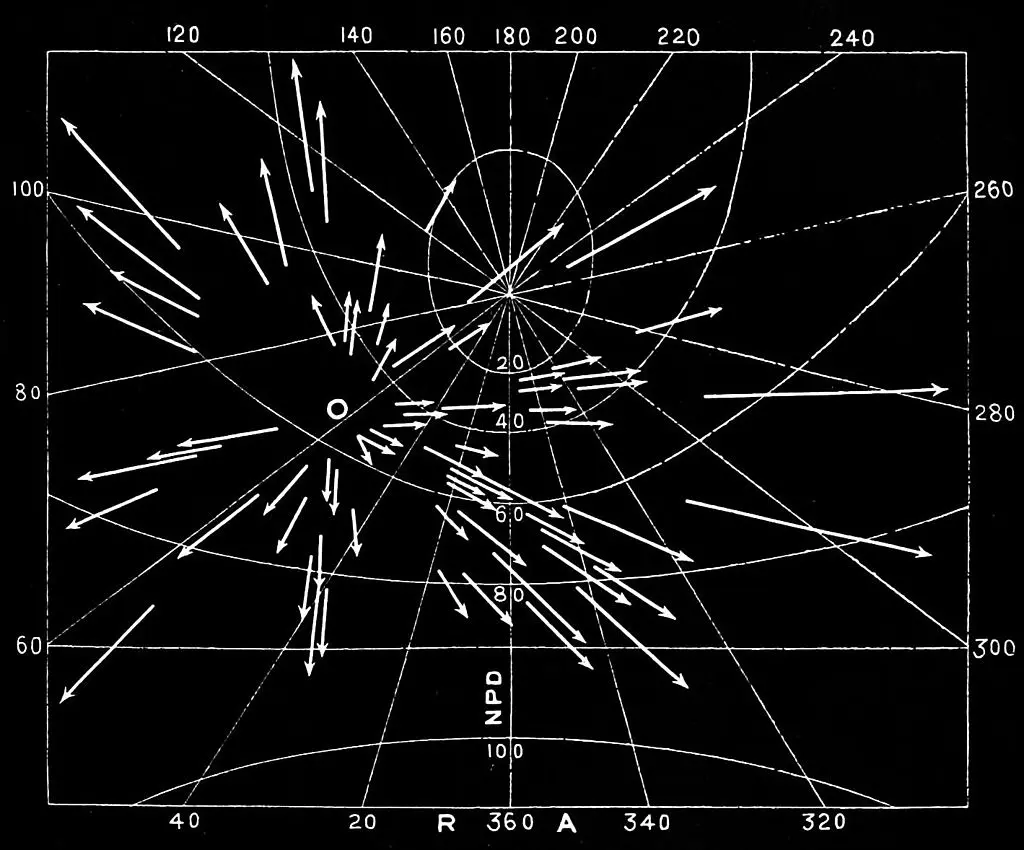Get ready to wish upon a shooting star—or twenty! One of the night sky’s most charming spectacles, the Lyrid meteor shower, is making its annual return, promising a few nights of stargazing magic. Active from April 16 to 25, the Lyrids are expected to peak on the night of April 21 into the early hours of April 22, dazzling skywatchers with bright meteors zipping across the heavens.
What’s special about Lyrids?
Named after the constellation Lyra, the Lyrids are the oldest recorded meteor shower in human history—a stellar tradition dating back more than 2,700 years. Ancient Chinese astronomers described a Lyrid outburst in 687 BC, noting that “stars fell like rain.” How’s that for a cosmic review?
Each April, Earth drifts through a trail of debris left behind by Comet C/1861 G1 Thatcher, a long-period comet that visits our part of the solar system only once every 415 years. As this dust and rock collides with our atmosphere at blistering speeds—about 48 kilometers per second—they burn up in streaks of light, creating the meteors we see from Earth.
Where Can You See the Lyrids?
The Lyrids are best viewed in the Northern Hemisphere, including countries like:
- United Kingdom
- United States
- Canada
- Europe
- China
- Pakistan
- India
- Japan
Observers in these regions will have the radiant point (near the star Vega in the constellation Lyra) high in the sky after midnight, giving them a front-row seat to the meteor show.
For those living in the Southern Hemisphere—such as Australia, South Africa, and South America—the Lyrids will be more elusive. The radiant rises much later and stays lower in the sky, making it a bit harder to spot meteors. But with a dark sky and some patience, you can still catch a few streaks lighting up the night.
How to Watch the Lyrids
All you really need is a clear sky, a cozy blanket, and a bit of patience. The best time to view the Lyrids is after midnight, when the radiant—the point in the sky where the meteors appear to emerge—is higher above the horizon.
Look toward the east, and try to find Vega, the bright blue-white star in Lyra. That’s your cosmic signpost. If you’re far from city lights, you might spot 15 to 20 meteors per hour. While this shower isn’t the most dramatic in terms of numbers, it makes up for it with the occasional brilliant fireball that can light up the sky—and your jaw.
And every now and then—roughly every 60 years—the Lyrids have been known to throw a celestial curveball: an unexpected outburst of hundreds of meteors in a single hour. While 2025 isn’t expected to bring one of these surprise meteor storms, the sky always has a few tricks up its sleeve.
Southern Skywatchers, Set Your Alarms!
For those watching from the southern hemisphere, the view is a bit trickier. The radiant rises after midnight, and stays relatively low in the sky. Still, patient observers might catch a few fast-moving streaks slicing through the darkness.
More Sky Shows Coming in 2025
If the Lyrids leave you starry-eyed, mark your calendar—2025 is packed with more astronomical goodies:
- Eta Aquarids (Peaks around May 6): A fast and furious meteor shower made from debris left by Halley’s Comet. Best seen from the southern hemisphere, it can offer up to 50 meteors per hour.
- Perseids (Peaks around August 12): One of the year’s most popular showers, especially for northern hemisphere viewers. Expect bright, long-lasting meteors and possibly up to 100 per hour under dark skies.
- Draconids (Early October): A quirky, slow-moving shower best observed in the evening. Though usually mild, it has a history of sudden and intense bursts.
- Orionids (Peaks around October 21): Another gift from Halley’s Comet, the Orionids are known for their brightness and speed.
- Geminids (Peaks around December 13–14): Arguably the most stunning meteor shower of the year, the Geminids can produce up to 120 multicolored meteors per hour and are active during a relatively moonless period in 2025.
Final Starry Thoughts
The Lyrids may not be the flashiest act in the celestial lineup, but they carry a rich legacy and the promise of a few unforgettable fireballs. In a world that moves so fast, taking a moment to look up, breathe in the night air, and catch a glimpse of ancient stardust burning through the sky is nothing short of magical.
So grab a hot drink, head away from the city lights, and look eastward. The universe has been putting on this show for thousands of years—don’t miss your chance to see it.

